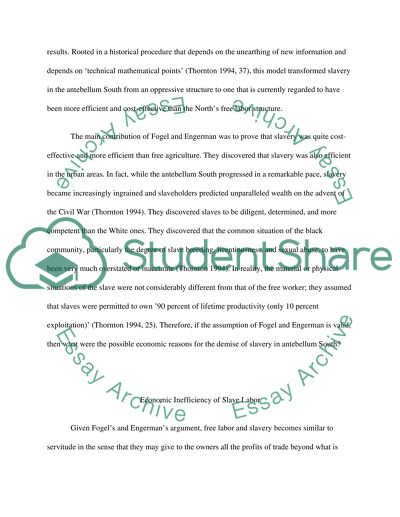Cite this document
(“The Economic Riddles of the Institution of Slavery Assignment”, n.d.)
The Economic Riddles of the Institution of Slavery Assignment. Retrieved from https://studentshare.org/history/1433215-the-economic-riddles-of-the-institution-of-slavery
The Economic Riddles of the Institution of Slavery Assignment. Retrieved from https://studentshare.org/history/1433215-the-economic-riddles-of-the-institution-of-slavery
(The Economic Riddles of the Institution of Slavery Assignment)
The Economic Riddles of the Institution of Slavery Assignment. https://studentshare.org/history/1433215-the-economic-riddles-of-the-institution-of-slavery.
The Economic Riddles of the Institution of Slavery Assignment. https://studentshare.org/history/1433215-the-economic-riddles-of-the-institution-of-slavery.
“The Economic Riddles of the Institution of Slavery Assignment”, n.d. https://studentshare.org/history/1433215-the-economic-riddles-of-the-institution-of-slavery.


